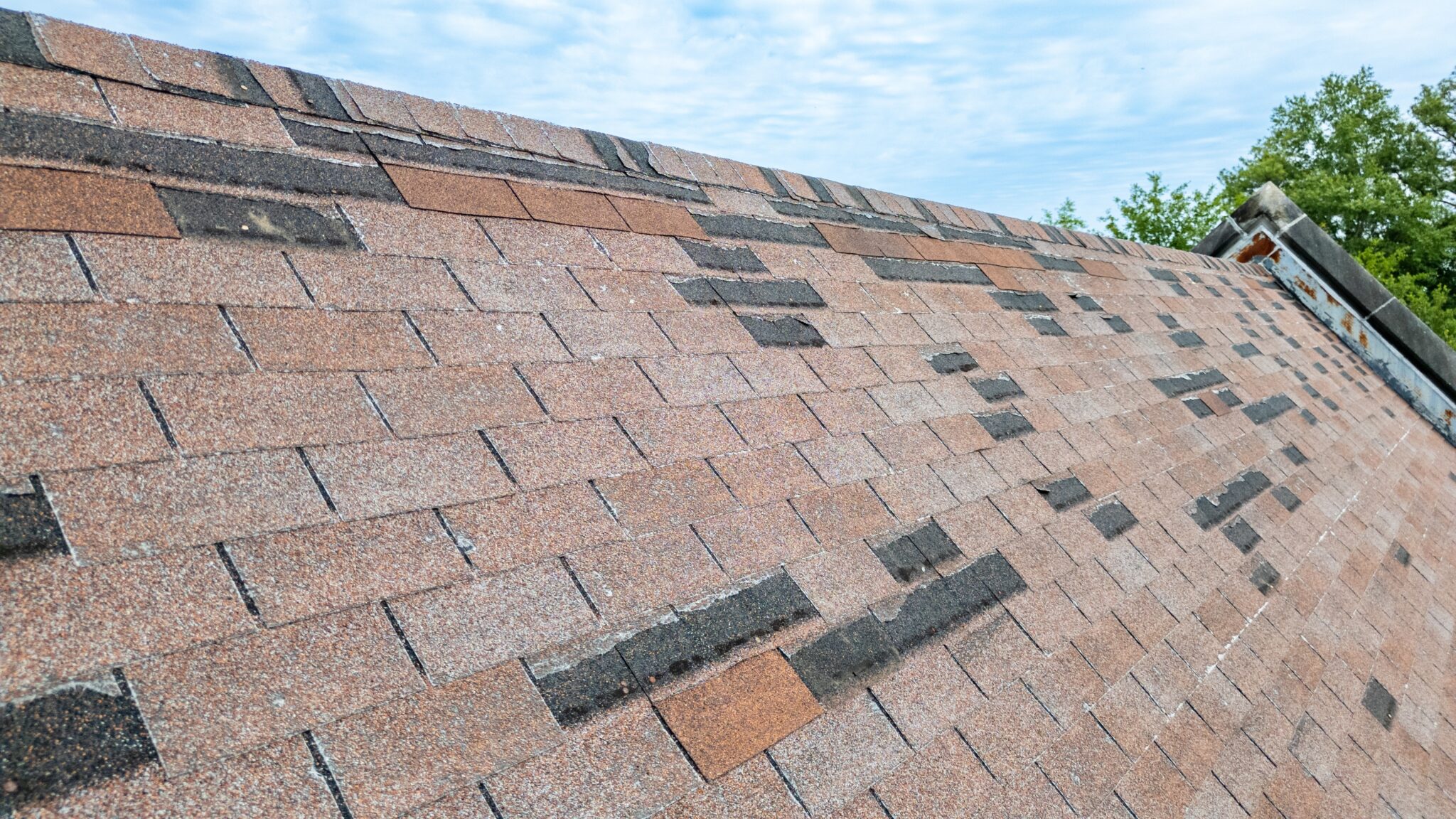
18 Jul The Best Storm‑Resistant Roof Options For Your Home In 2025
Living in Florida, you know how crucial it is to have a roof that stands strong through hurricane season, tropical storms, heavy rain, and humidity. Here are some highlights covering several top roofing materials worth considering.
1. Metal Roofing
Metal is the go-to choice for durability and wind resistance. Properly installed metal roofs can withstand wind speeds of up to 140–155 mph, making them ideal for hurricane-prone areas of Florida.
Benefits include:
- Resistance to corrosion—especially aluminum—for coastal areas
- Longevity: 40–70+ years with minimal maintenance
- Fire and impact resistance, plus reflecting the sun to reduce cooling costs
Note: Must be installed with secure fasteners, hurricane straps, and professional workmanship.
2. Spanish (Clay & Concrete) Tile Roofing
Clay and concrete tiles bring strength, curb appeal, and wind resistance—tested up to 125–150 mph when properly fastened.
Pros:
- Excellent durability (50–100+ years)
- Heavyweight design offers natural wind resistance
- Stunning visual impact, especially along the Atlantic coast
3. Slate Roofing
Slate ranks among the longest-lasting roofing materials—60–125+ years—and offers top-tier wind and weather resistance.
Key features:
- Natural stone is fireproof and highly impact-resistant
- Supports historical aesthetics while withstanding Florida storms
- Requires sturdy structural support due to its weight.
4. High‑Wind Rated Asphalt Shingles
Modern asphalt shingles, rated for up to Category 4 winds, can be an affordable yet reliable option.
Advantages:
- Lower upfront cost, fast installation
- Easy to repair damaged sections post‑storm
- Available in algae-resistant treatments—important in humid regions
- While less durable than metal or tile (with a lifespan of 20–30 years), they offer solid protection for the budget-conscious homeowner.
Hurricane‑Safe Roof Design & Installation Tips
Even the toughest roofing material needs proper design and installation to stand up to storms:
- Hip roofs are more wind‑resistant than gable designs.
- Use hurricane straps and clips to anchor your roof to the structure.
- Choose secure fastening systems and high-quality underlayment.
- Regular inspections and maintenance help catch issues before they escalate.
- Always meet Florida Building Code requirements (including High-Velocity Hurricane Zone standards in areas like Miami-Dade & Broward).
Which Roof Is Right for Your Home?
| Roofing Option | Wind Resistance | Lifespan | Pros | Considerations |
| Metal | 140–155 mph | 40–70+ years | Fire/impact-resistant, energy-efficient | Requires professional fasteners/strapping |
| Clay & Concrete Tile | 125–150 mph | 50–100+ years | Classic aesthetic, heavy-duty, long-lasting | Heavy, structural support needed |
| Slate | Similar to tile | 60–125+ years | Fireproof, historic charm | High cost, very heavy |
| High‑Wind Shingles | Up to 130–140 mph | 20–30 years | Affordable, easy repairs, many styles | Shorter lifespan, periodic upkeep |
Final Takeaways for Homeowners Here in Florida
- Metal Roofing offers the best mix of storm protection, lifespan, and energy savings—ideal for most hurricane‑exposed homes.
- Spanish Tile & Slate offer unmatched aesthetics and long life, but require proper installation and structural support.
- High‑Wind Asphalt Shingles balance cost and protection, provided you select high-rated products and maintain them.
- Design & Code Compliance—choose hip roofs, secure strapping, and FBC-approved materials.
- Maintenance is Key—annual inspections and swift repairs bolster storm resilience.
Ready for Your Storm‑Proof Roof?
Universal Roof & Contracting offers free inspections, top-tier warranty coverage, and Florida expertise since 1993. Call 1‑855‑ROOF‑HELP to find out how you can safeguard your home this hurricane season.
Maximize your protection—and your peace of mind—with the right storm‑resistant roof.



